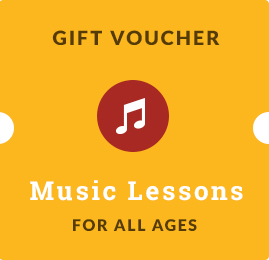Piano recommendations
What instrument should one purchase: piano / upright piano or digital piano / upright piano?
A piano will certainly be everyone’s first option, as long as the buyer is not facing any spatial or financial limitations.
In case one is restricted by the lack of room, but not also by a lack of financial resources, a second purchase option will be an upright piano.
Piano / upright piano versus digital piano / upright piano
By pressing a key, the sound should be heard as more as possible; when playing a digital piano, the sound fades out much faster than when playing a classical piano that has resonating strings. This would be in the detriment of a proper development of one’s harmonic hearing – which would equal not being able to combine sounds, to develop the ability to perceive them both separately and as a whole.
Another difference stands in the fact that, if using a digital piano, one will become used to a playing technique that would not easily allow a subsequent familiarization with a mechanical piano, as the hands’ muscles are less strengthened by a digital piano than by a mechanical one.
Many performers who practice on digital upright pianos find difficulties when having to play on mechanical pianos, as a result of various circumstances. This switch will require an adaptation period, so one must practice on the respective piano a few times before the performance. Adaptation from one instrument to another is necessary no matter their types, in order for one to accommodate with the specific “toucher” of the respective instrument.
The sound is obtained much easier when playing a digital piano, the keyboard being very touch-sensitive, but is not as rich in harmonics (the sound specter that forms around each sound), thus, a “qualitative” sound cannot be obtained.
Nonetheless, highly qualitative pianos or upright pianos can be purchased, as, for example, those developed by Yamaha. But they are only in their advantage if those interested wish to learn to compose, as various improvisations can be orchestrated, recording every melodic line in part, played by different types of wind, string or percussion instruments, and also human voices, which can subsequently be overlapped.
In case one doesn’t wish to make a big investment when purchasing a keyboard instrument, what we recommend is a digital upright piano. For a beginner or an intermediate student, a big-sized instrument is recommended – 7 octaves (88 de keys); although one could practice on a smaller-sized one, this will immediately lose its utility once the music pieces become more complex.
What should we focus on when purchasing a piano / an upright piano?
Buyers should be interested in the (upright) piano having at least 64 polyphonic notes, hammer action, and heavy keys, as does a classical piano. It is mandatory that it has the “touch response” function, namely for one to be able to obtain an intensity differentiation of sounds (from pianissimo to fortissimo).
What other gadgets should be purchased along a digital upright piano?
Along the instrument, one should also purchase various annexes, necessary in individual study, such as a jack adaptor, in/out computer cables, cabinets, an amplifier, etc. The majority of digital (upright) pianos have headphones input, so that individual study doesn’t disturb the other members of the family.
Where can we purchase a classical / digital piano / upright piano from?
Any type of piano can be purchased from specialized stores or by online order.
Which is the optimum age for starting taking piano lessons?
The ideal age for starting the study of this instrument differs depending on the level attained emotionally, physically and with respect to every child’s focusing ability; some children can start precociously, around age 4, while others can only start to become efficient at age 7.
The optimum age for starting taking piano lessons is 5 to 6. Hannon exercises are recommended, as they favor the development of technical skills.
Which are the recommended study methods?
J. Thomson’s methods are recommended for pre-school learners, while Maria Cernovodeanu’s methods are recommended for those already in school.
With respect to developing one’s technique, Bach’s preludes and Mozart short pieces are highly useful, as they give a greater sonar satisfaction because of their melodicism and they comprise various technical elements which, if studied separately, can accurately be integrated.
Other piano methods recommended for beginners: Carl Czerny Op.529, Carl Czerny Op.841, Album for Ana Magdalena – Bach, Diabelli-Sonatine and Bach’s well-tempered clavier: preludes and fugues.

